SON OF THE WHITE MARE (1981) and Other Early Works by Marcell Jankovics
Two animated fantasy adventures from the Hungarian filmmaker.
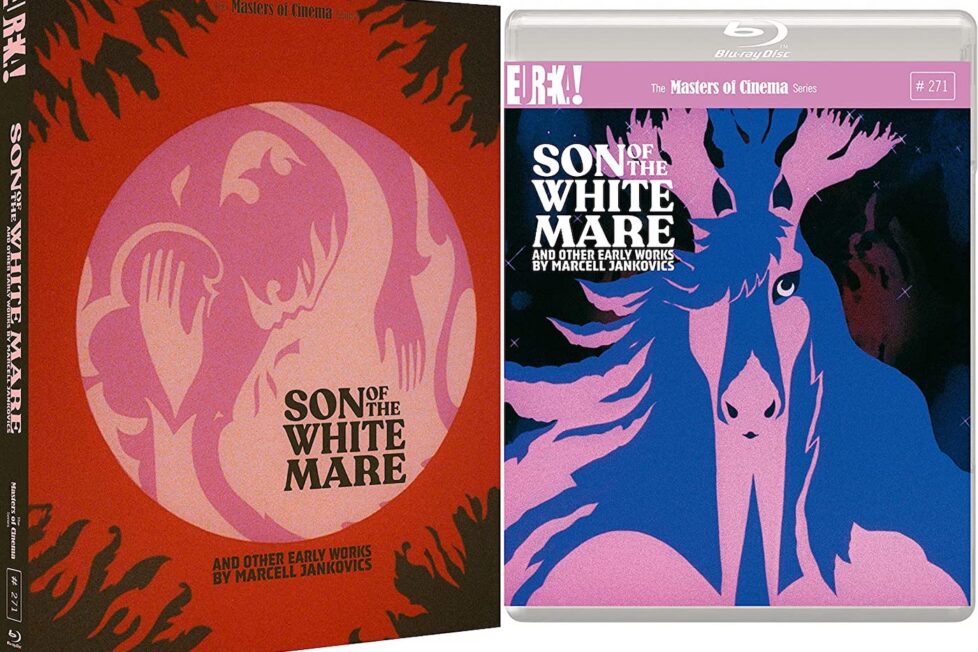
Two animated fantasy adventures from the Hungarian filmmaker.


This UK home video debut for two key works from Hungarian animator Marcell Jankovics is a rare treat for animation buffs and fans of folklore films alike. A welcome addition to Eureka! Entertainment’s ‘Masters of Cinema’ imprint, presenting the director’s early works from his audacious debut with János Vitéz / Johnny Corncob (1973) to his experimental and highly accomplished Fehérlófia / Son of the White Mare. Also taking in two arty shorts, Sisyphus (1974) and Küzdők / The Struggle (1977), and including Dreams on Wings (1968), an advertising feature made for Air India. Represented here is the development of his distinctive, dreamlike and graphically fluid style that shows influences drawn from traditional folk motifs fused with swinging sixties psychedelic pop art that, in turn, influenced the commercial graphics of the 1980s.
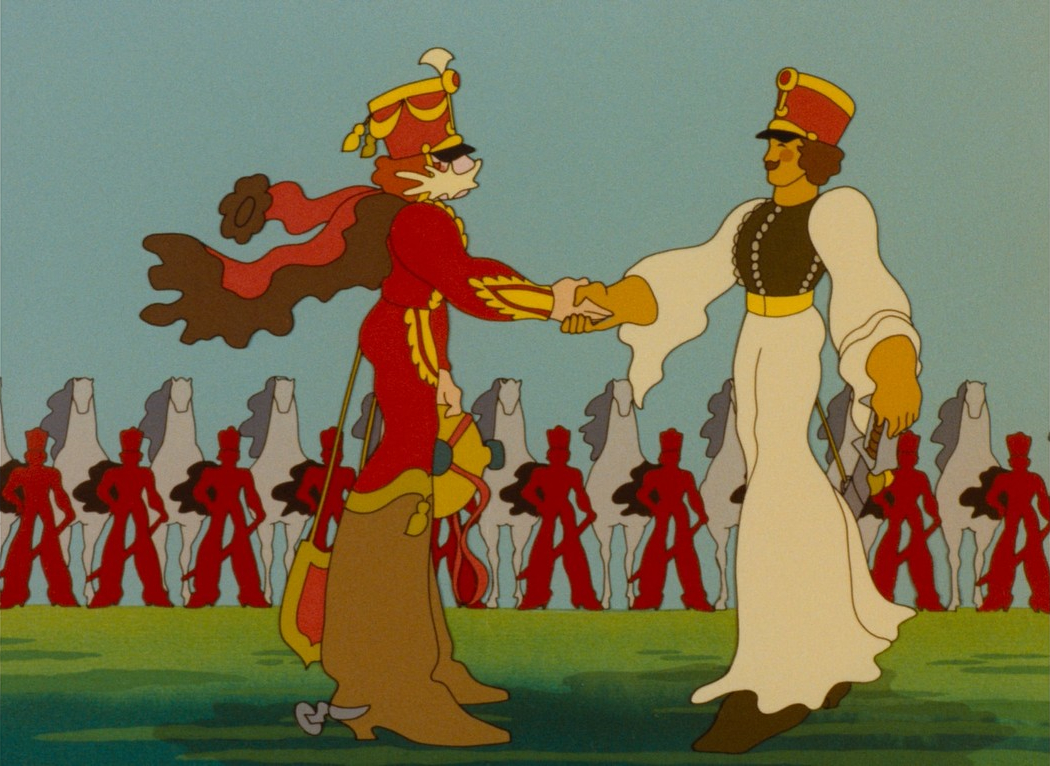
The epic adventures of a young shepherd through love, war, magic and death.

I need to get something off my chest before I begin: I’m not a fan of The Yellow Submarine (1968). So I had personal problems engaging with the animation style in Johnny Corncob / János Vitéz which is so heavily influenced by the work of animation director George Dunning and illustrator Heinz Edelmann showcased in the ground-breaking Beatles feature. I understand my revulsion of one of the greatest pop bands of all time places me in a minority and for all of those I’ve just outraged, Johnny Corncob will have an instant and nostalgic appeal.
For me, it was all getting a bit too much around the halfway mark and, if I wasn’t reviewing it, probably wouldn’t have seen it through. However, I’m so glad I did because the payoff surpassed my expectations. It’s around halfway through that the swashbuckling adventure, which was starting to seem a bit silly, veers decisively into the mythic realm and fully embraces the source material’s fairy tale finale.
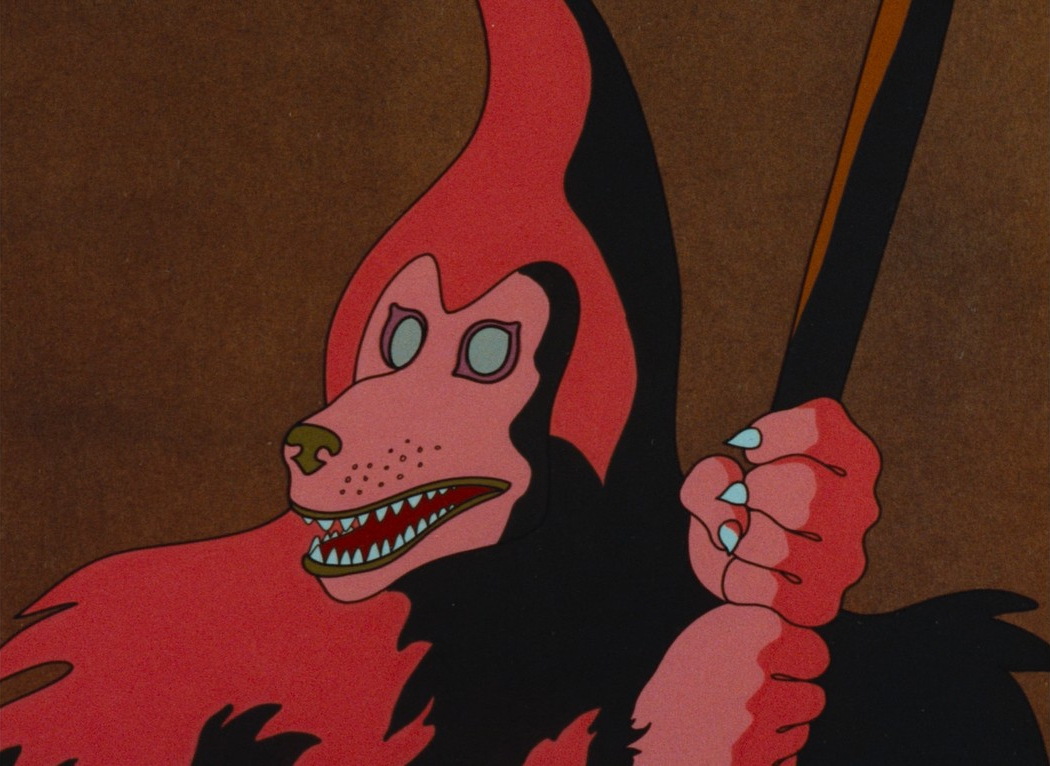
János Vitéz, which translates as ‘John the Valliant’, is an important milestone in world cinema, being the very first feature-length animation produced in Hungary. The reason for its English title may not be apparent to those unfamiliar with the epic poem written in 1844 by Sándor Petőfi, a revolutionary Romantic and Hungary’s ‘national poet’. The protagonist of the tale is a foundling, abandoned in a cornfield and then raised by the landowner to later become a shepherd. His wonderings with the flock lead to a meeting with another orphan, Iluska, a young beauty he often sees at the riverside, doing the laundry for her ‘wicked stepmother’.
I haven’t read the story in its original Hungarian, so I’m going by the film plot, which I realise has been simplified and streamlined for narrative flow. The young János and Iluska pledge their eternal love to each other but during an inventively illustrated tryst involving undulating landscapes and trembling doves, they’re discovered shirking from their work by Iluska’s adoptive mother. The old crone turns out to be a witch and curses the star-crossed lovers so that the sheep that János should’ve been watching literally disappear, joining the flock of clouds in the sky. His master proclaims him a sheep stealer and so János must flee to escape a hanging.
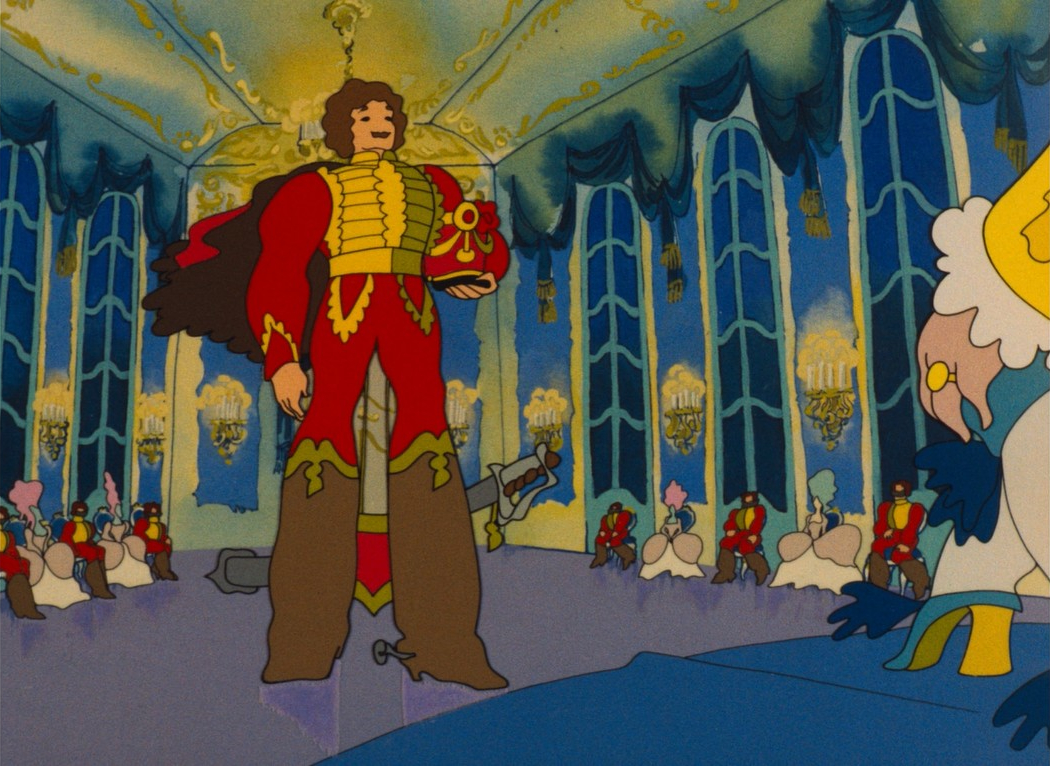
Thus, his increasingly far-fetched hero’s journey begins when he falls in with a gang of bandits clad in masks and furs. They resemble the costumed ‘wildmen’ from the folk traditions of Europe, representing a merger of paganism and medieval Christianity. However, these wild men are simply using the disguise for their murderous rule of fear and although they accept János into their ranks, he cannot bring himself to take their blood money. His morals win through, and he routs the band and burns down their hideout, confirming his bone-deep good-guy status.
He then seeks a more honourable vocation as a mounted Hussar and goes off to defend France against invaders from the East. This sequence didn’t really work for me. The portrayal of the ‘heathen Tartars’ was just a bit too cartoonish! Also, the somewhat outdated racial stereotyping of the swarthy, grin-and-pillage villains will, no doubt, prove problematic for some viewers.
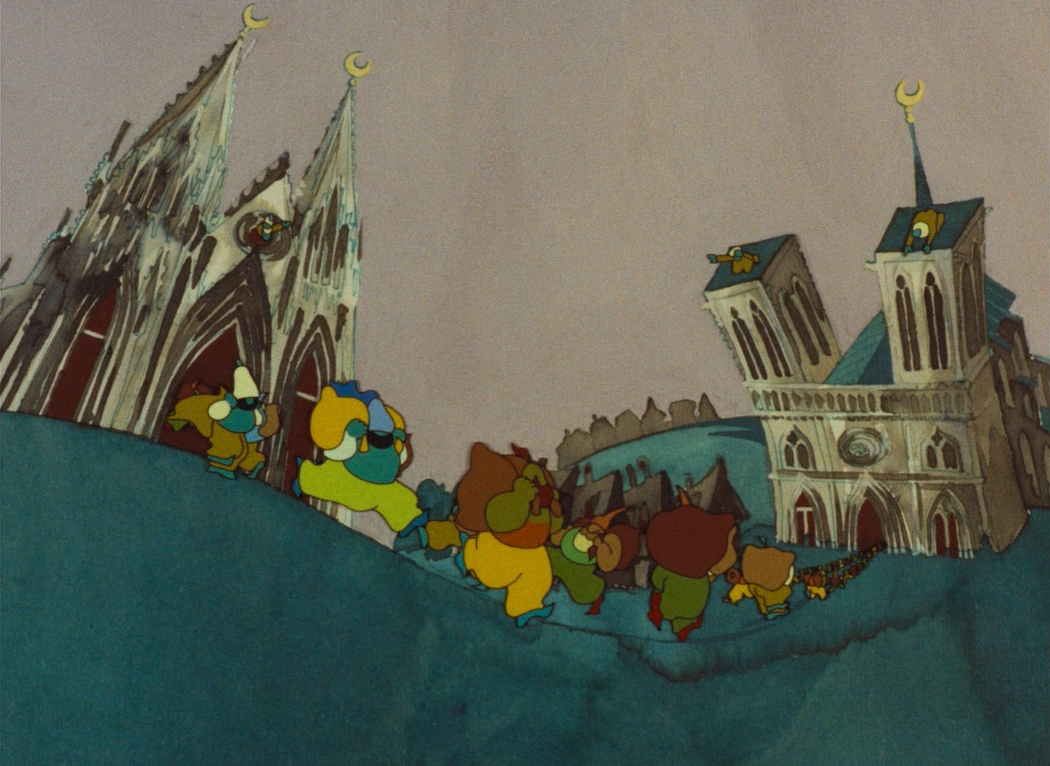
The battle sequence does, however, contain some inventive animation and surprising imagery such as the enemy forces rolling back like a giant carpet… and it’s here that the death-defying bravery of János pays-off big time so he’s able to return in glory to his village carrying ‘a king’s ransom’ in the hope of taking Iluska as his bride. Alas, only tragedy awaits but, in the fine tradition dating back to the Greek Myths, he decides to challenge the barrier of death itself and venture into the underworld to rescue his beloved.
It’s a film of two halves and though the set-up is necessary and interesting enough, the climax and finale make it all worthwhile. Many of the archetypes and stereotypes may well be familiar. There are witches on broomsticks, a horned devil tending his giant cauldron, a fire-breathing dragon, fairy folk, and an Isle of the Dead. But the plot is far from predictable for those not au fait with traditional Hungarian tales, making it essential viewing for all fans of fairy stories and students of folklore and, indeed, compulsory for any aficionados of world animation.
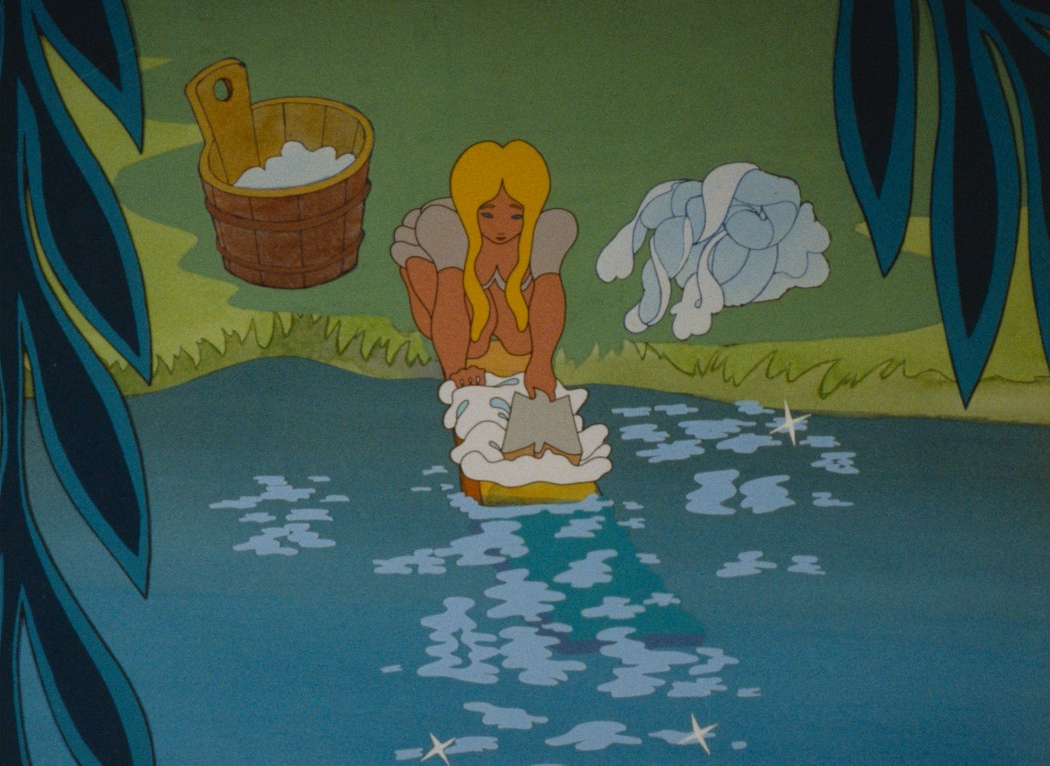
János Vitéz is remarkable for being the first feature-length animation made in Hungary and, given the reputation of east-European Soviet-era animation, is surprisingly accessible. It was a huge hit in the domestic market, attracting the attention of Hanna-Barbera who bought the US distribution rights for an unprecedented fee in excess of $120,000 at a time when the biggest films from the nation’s top directors rarely attracted more than $30,000.
Unfortunately, after spending time and budget rescoring the film and tweaking some of the scenes, they never got around to actually releasing it and this restored Blu-ray edition, with its original music by Gyulai Gaál János, is the film’s first significant international outing, making it as much a selling-point as the main feature. The success of János Vitéz enabled Marcell Jankovics to get his follow-up into production, which would be a labour of love that proved to be an even more ambitious production in terms of technical scope and central themes…
HUNGARY | 1973 | 74 MINUTES | 1.37:1 OAR | COLOUR | HUNGARIAN
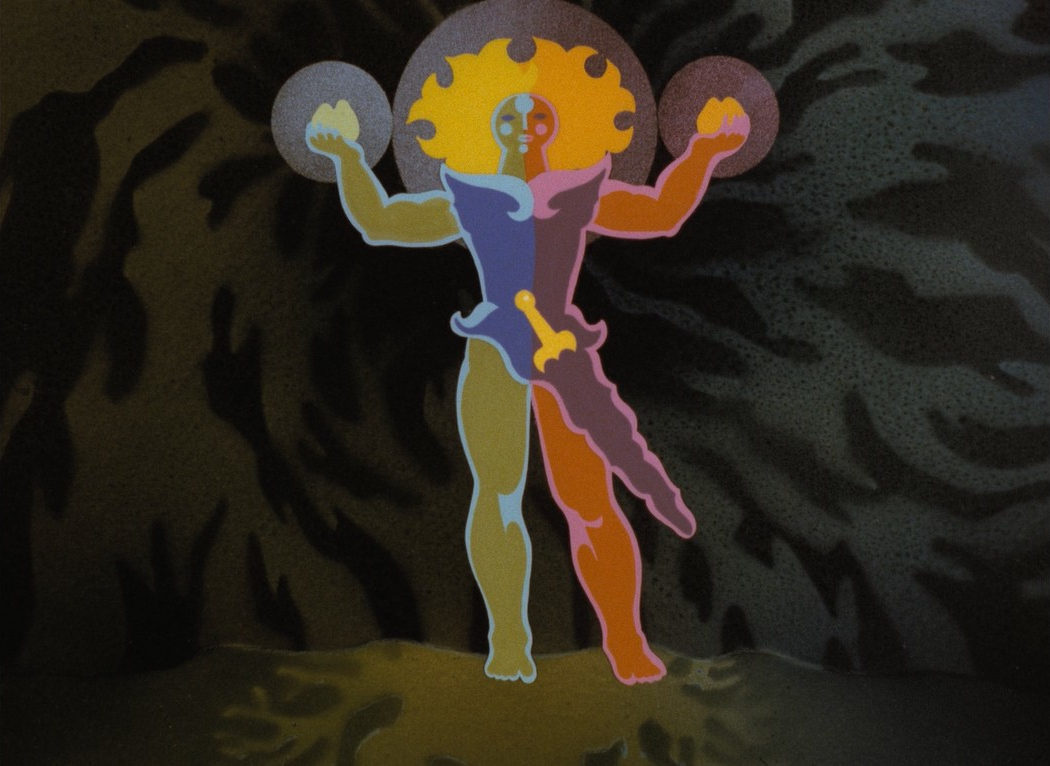
A horse goddess gives birth to three powerful brothers who set out into the Underworld to save three princesses from three evil dragons and reclaim their ancestors’ lost kingdom.

Cosmic horses, often ‘shining’ or ‘white’, are associated with the creation myths of several traditions and this goes back to a period when mastering the horse enabled mobility and power. Among the many things they symbolise is a transition from a nomadic, hunter-gather society to a more settled, agricultural way of life where the horse pulled the plough. This is subtly referenced in the opening scenes of Marcell Jankovics’ opus Fehérlófia / Son of the White Mare, dedicated to the “Memory of the Scythians, Huns, Avars, and Other Nomadic Peoples…”
The titular white mare falls pregnant with her third foal but is forbidden, by one of the gods, to give birth as her life will be spent before she could raise the ‘child’. Here we have the ‘goddess mother’ as the opposite fairy tale archetype to the ‘wicked stepmother’. To escape her judgement, she first takes the form of a hind, but her antlers are broken off by branches as she flees deep into the ancient forest. This is a symbolic representation of the nomadic people of the northlands transitioning from reindeer herders to horse riders as they migrated southward and lays out the mythic grammar for the ensuing epic. From this point on, the story operates on a number of levels and can be enjoyed as a dreamlike fairy tale fantasy or a poetically profound anthropological folk tale history. Or one can simply sit back and enjoy the colourful graphics that channel the decorative stylings of Hungarian folk art.
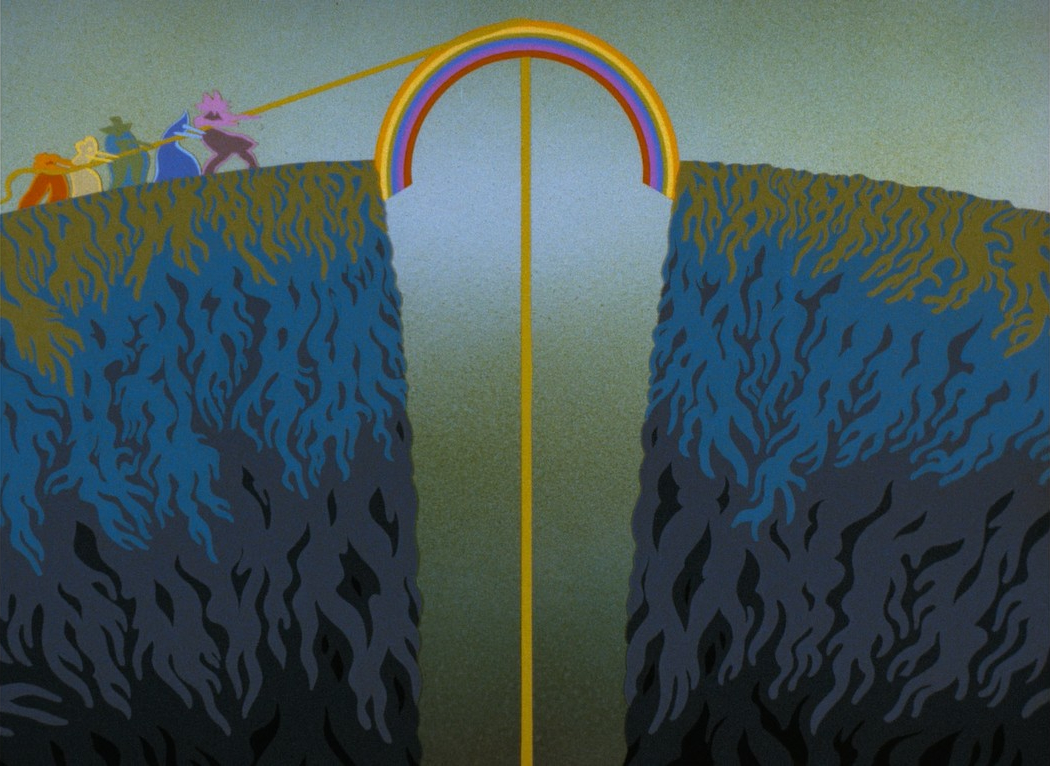
The White Mare finds rest in a hollow within the ‘world tree’ and does give birth to a foal who soon transforms into a fine golden-haired boy whom she raises to be a strong hero known as Treeshaker. When he’s strong enough, she sends him out into the world to search for his two brothers, Rockcrumbler and Irontemperer and find a suitable quest to test their respective strengths. Clearly, these refer to the three prehistoric human ages of wood use—for fuel, tools, and construction, before the Stone Age and the following Iron Age.
These three mighty beings hear of three primordial princesses who were granted the most beauteous forms but banished to an underworld where each is enslaved by a monstrous husband. It seems fated that they should venture into ‘The World Below’, free the princesses and win themselves ideal brides… but only one proves strong and brave enough to follow through.
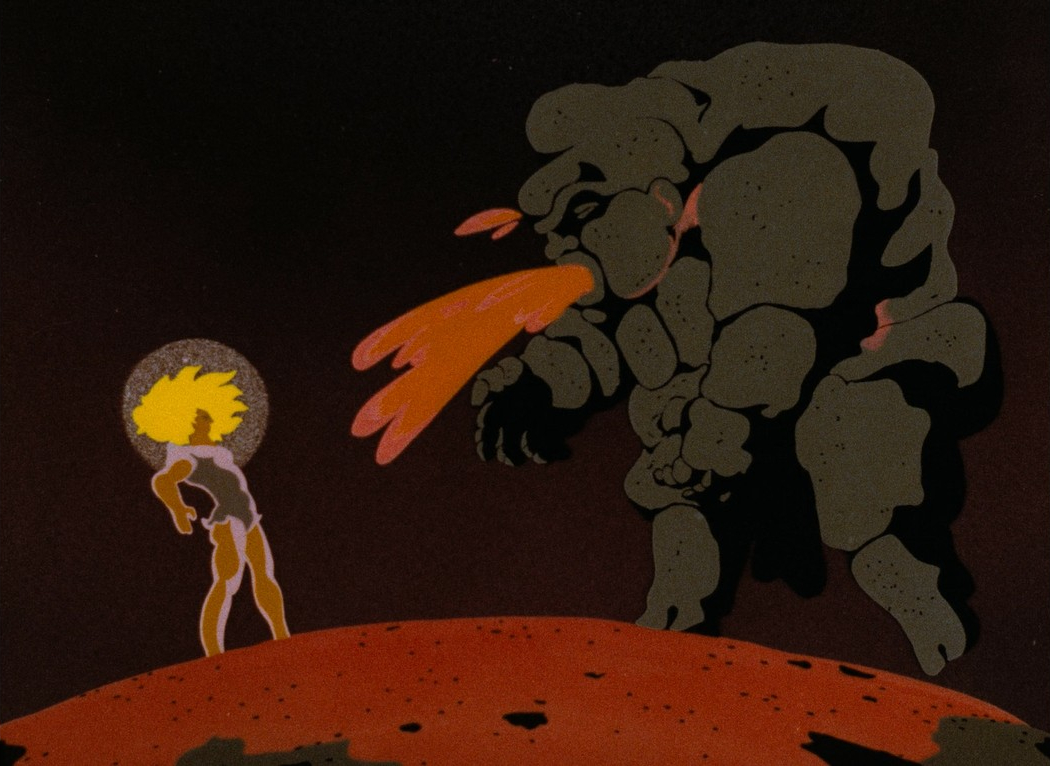
It’s Treeshaker who descends into the underworld, via something resembling the Celtic ‘Cauldron of Rebirth’ where he rises to the successive challenges presented by each monster. First, he must beat the three-headed lava-spewing ‘dragon’ upon the field of copper. Then there’s the seven-headed, nuclear-capable ‘dragon’ he meets on the field of silver. The imagery here is reminiscent of the Molochian machinery in Fritz Lang’s Metropolis (1927), especially when the third ‘dragon’ turns out to be twelve-headed and takes the form of a walking city-state.
Treeshaker would not have been able to defeat this gargantuan foe without the help of a few characters he’d been merciful to earlier in the narrative, such as the Seven-coloured Gnome from whose beard he’d forged a magical and increasingly phallic sword. If you’re having trouble engaging one’s imagination here, then the only solution is to check out the movie and see how Jankovics manages to visualise such things by using continually flowing metamorphoses and metaphors.
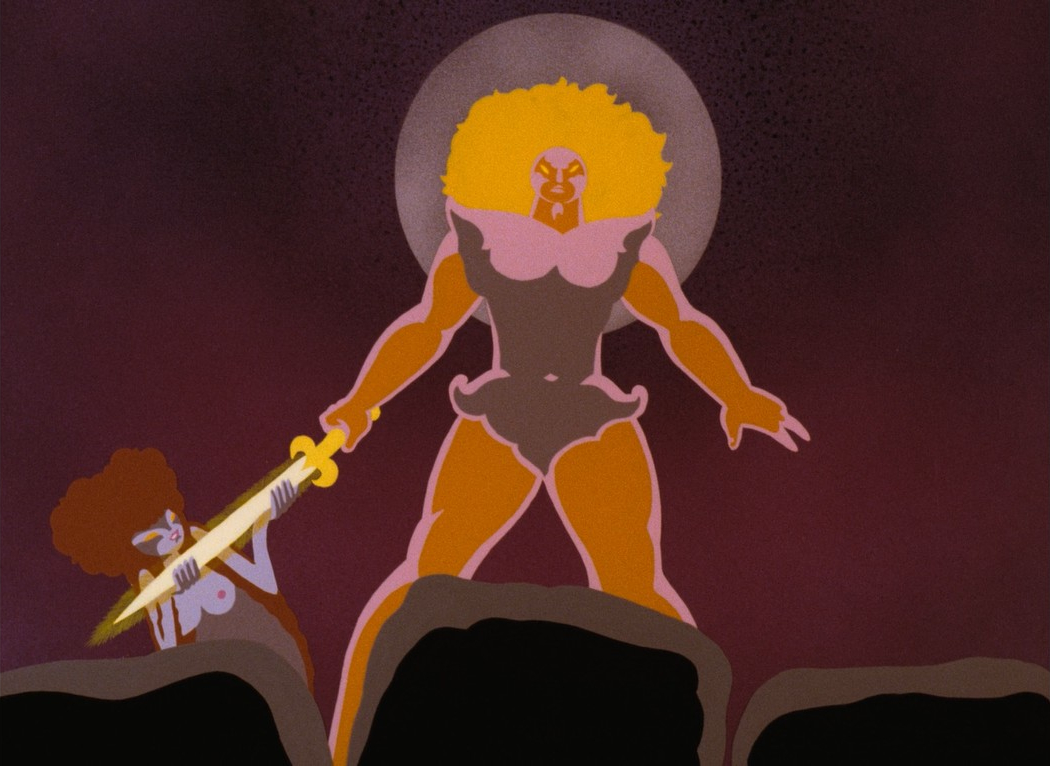
Although the style is still tinged with the Pop Art psychedelia of his debut feature, he’d developed a distinctive style for Son of the White Mare where fairly faithful folk art is brought to life, lending a touch of authenticity. It doesn’t dress up the bizarre aspects of fairy tales which operate in a realm of dream logic and symbolism. This is proper folklore told properly, and all the more absorbing and hypnotic for this approach.
Although the film is a milestone in traditional cell animation and graphic style, it met with a lukewarm reception and a limited domestic release. Perhaps its narrative structure was too dreamlike and true to its folkloric origins, the style too radical for mainstream audiences of the day. Or maybe its mythic themes ran too deep into the cultural heritage of pre-soviet Hungary and were out of step with politics and fashion. Fortunately, after the opening up of eastern Europe following the fall of the Berlin Wall and the relaxation of overbearing Soviet values, it gathered a cult following among animation enthusiasts and didn’t completely fade into obscurity.
Now, some 40 years later it has gained enough respect for the Hungarian National Film Archive to oversee this fabulous, director-approved 4K restoration. Although Marcell Jankovics went on to make several award-winning animations, it’s great that he lived to enjoy the overdue recognition for what is now hailed as his masterpiece and to grant a detailed interview for this release from Eureka! Entertainment as he, sadly, died shortly thereafter in May 2021.
HUNGARY | 1981 | 86 MINUTES | 1.37:1 OAR | COLOUR | HUNGARIAN

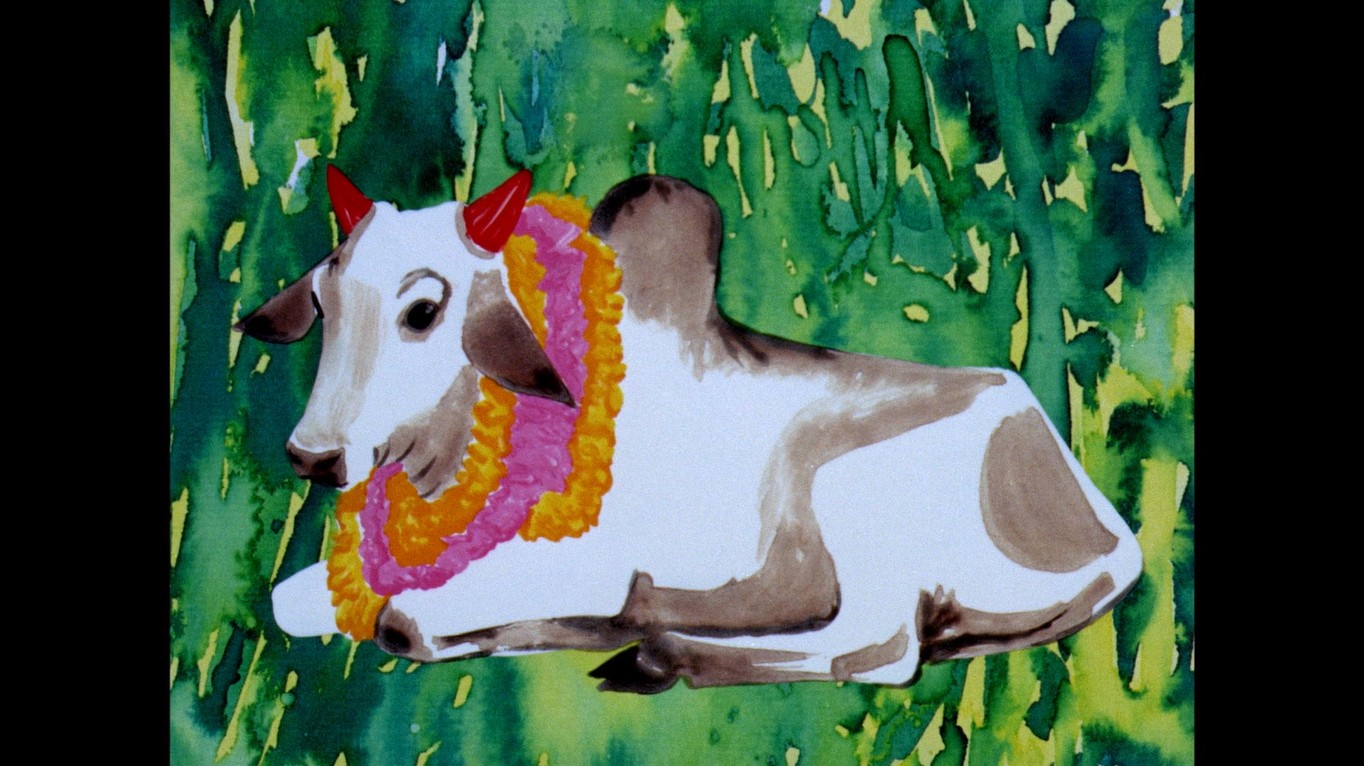
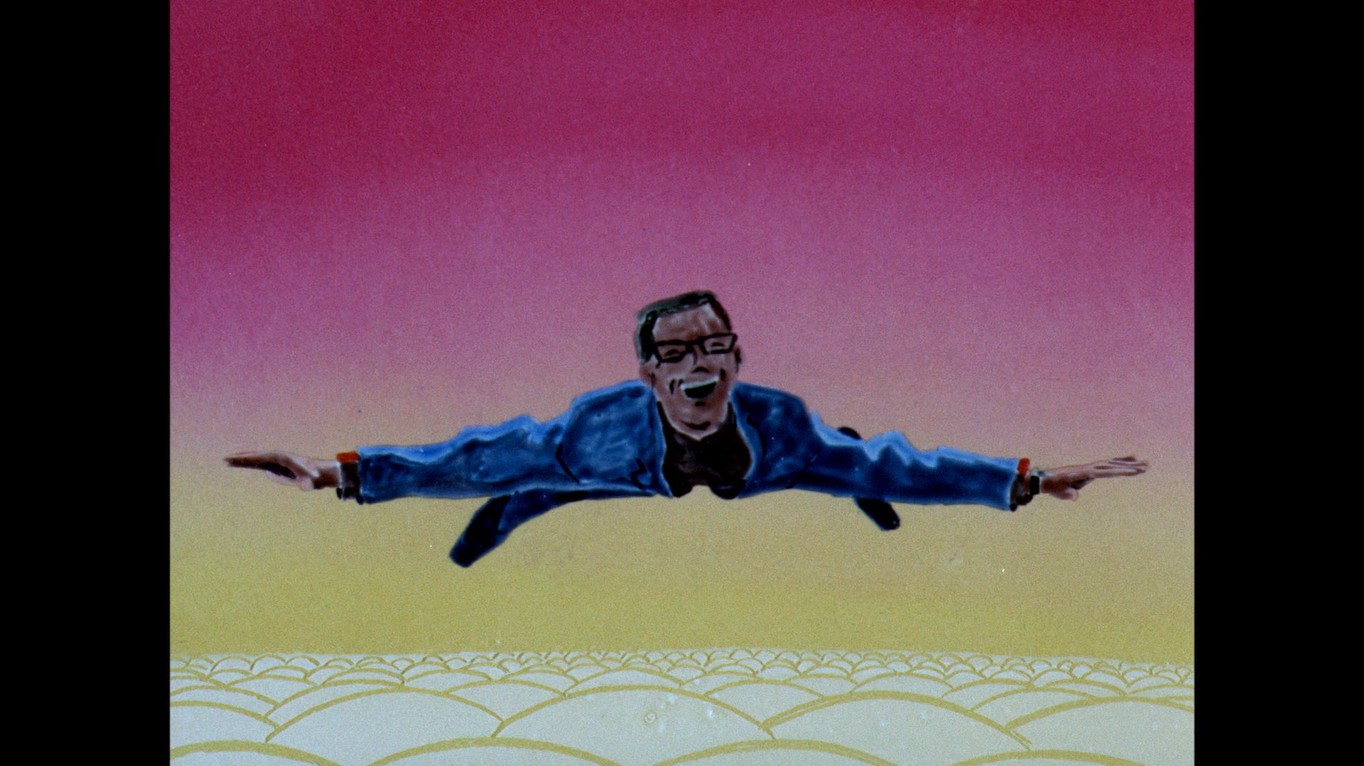
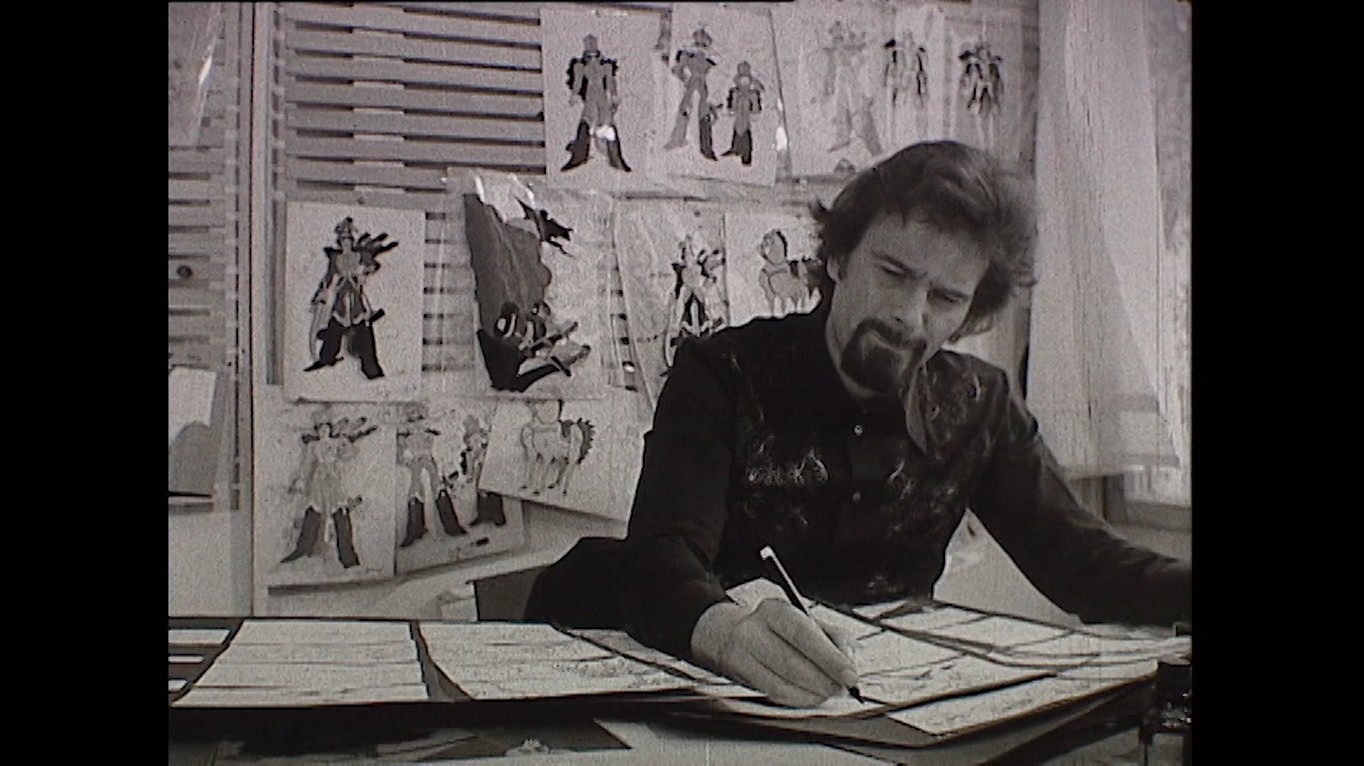
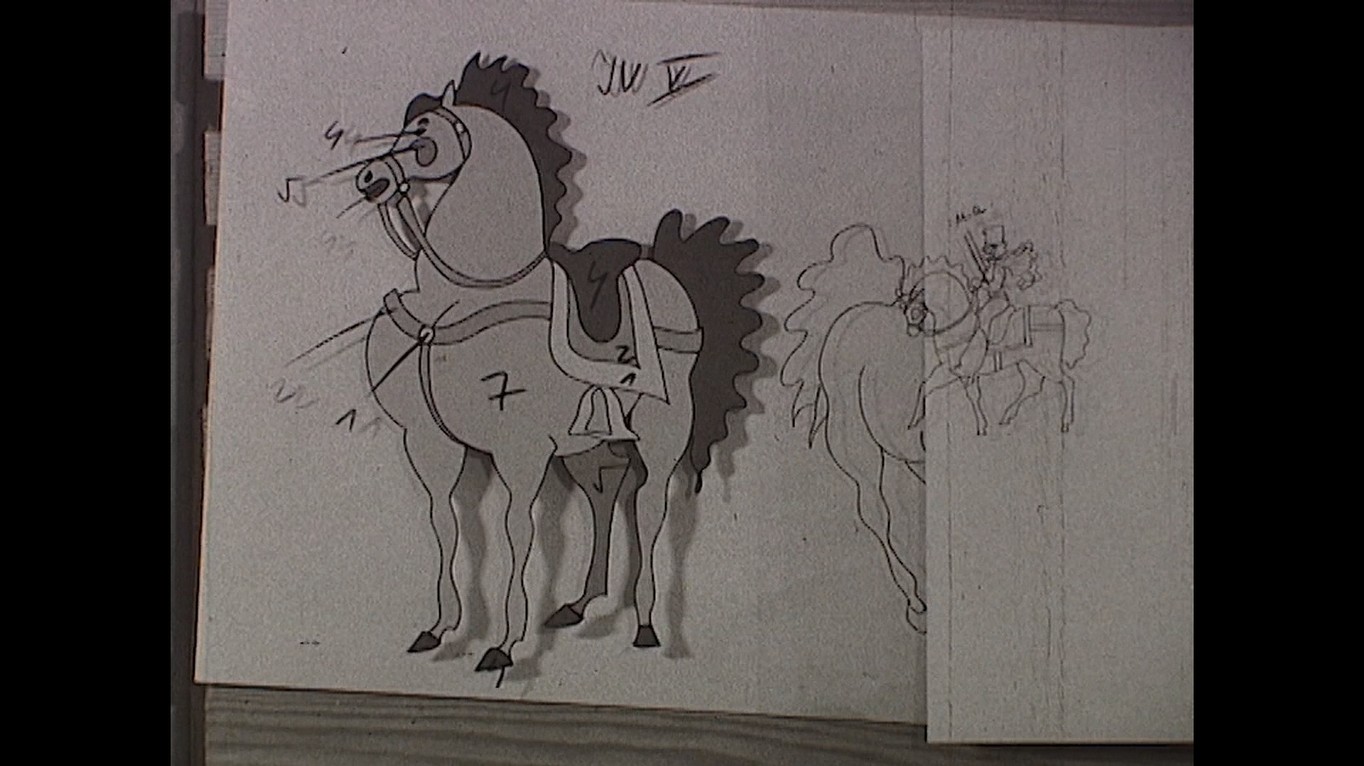
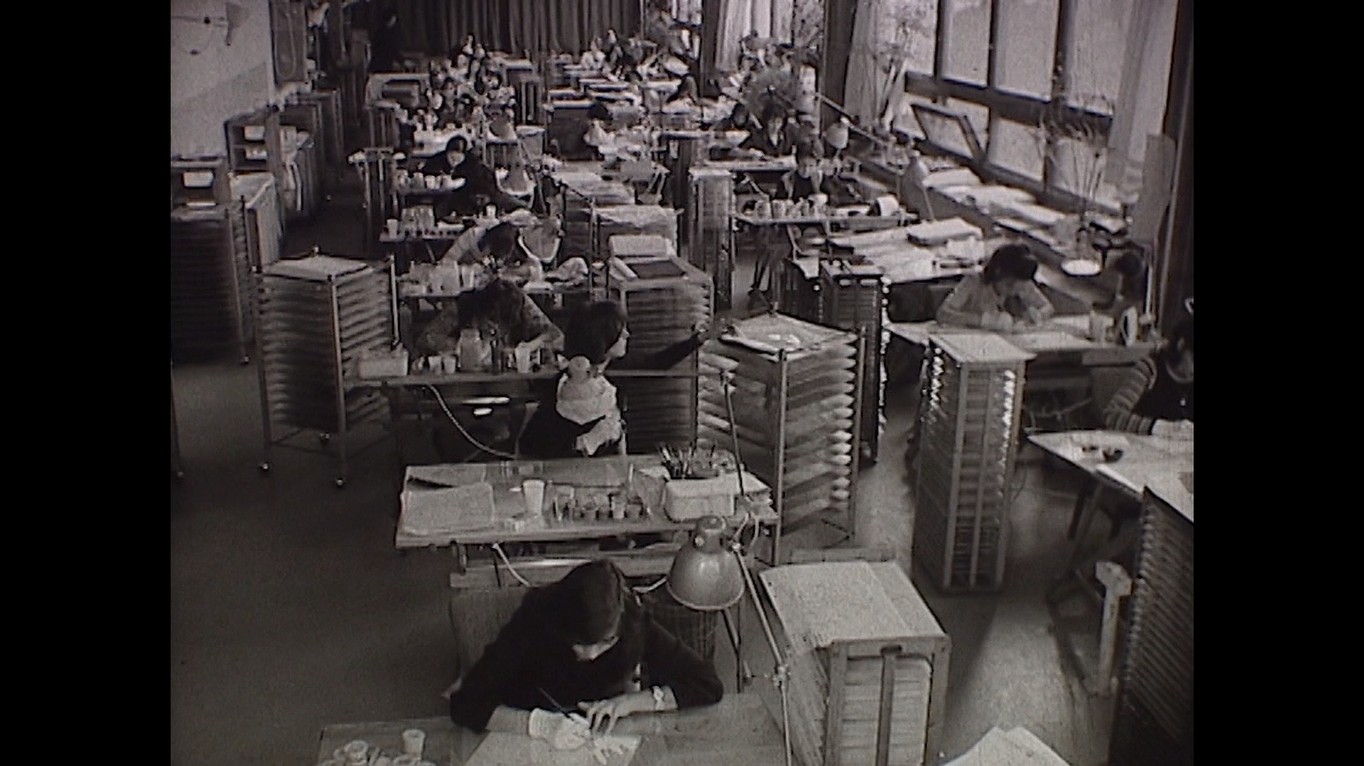
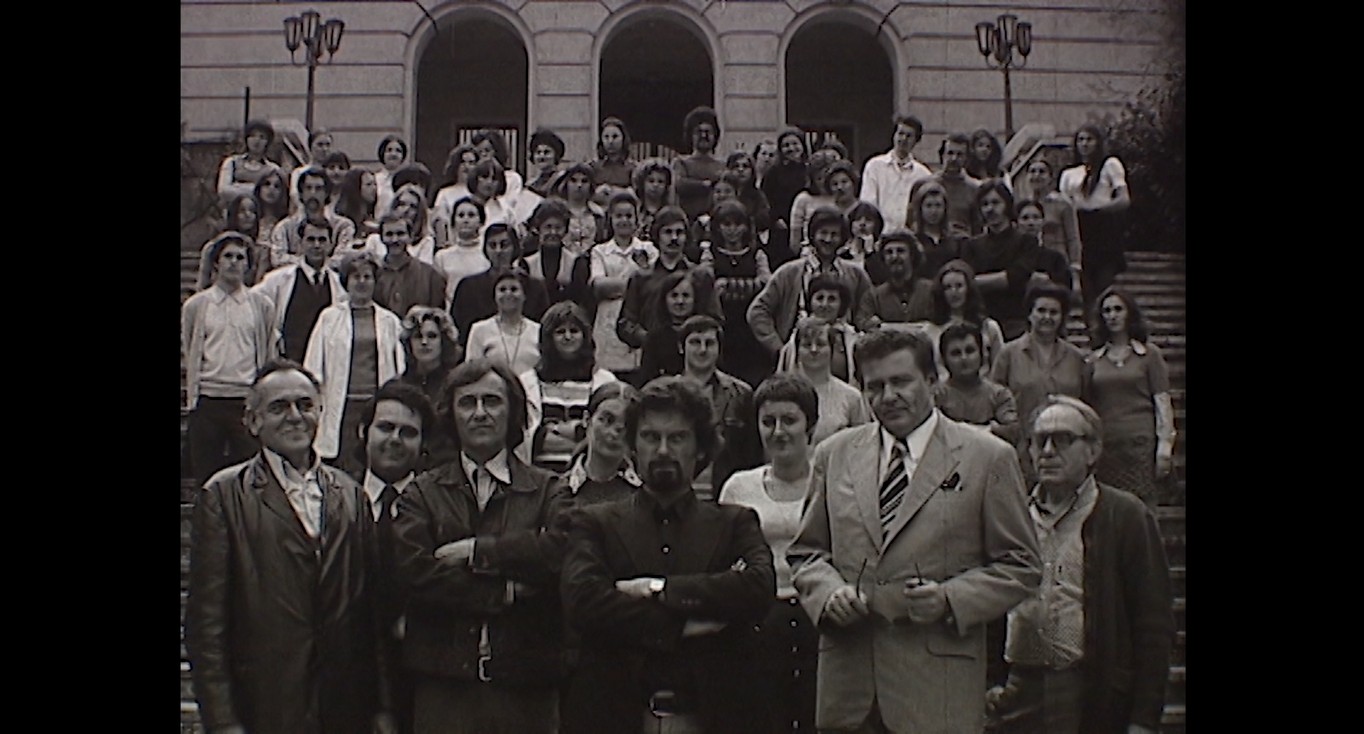
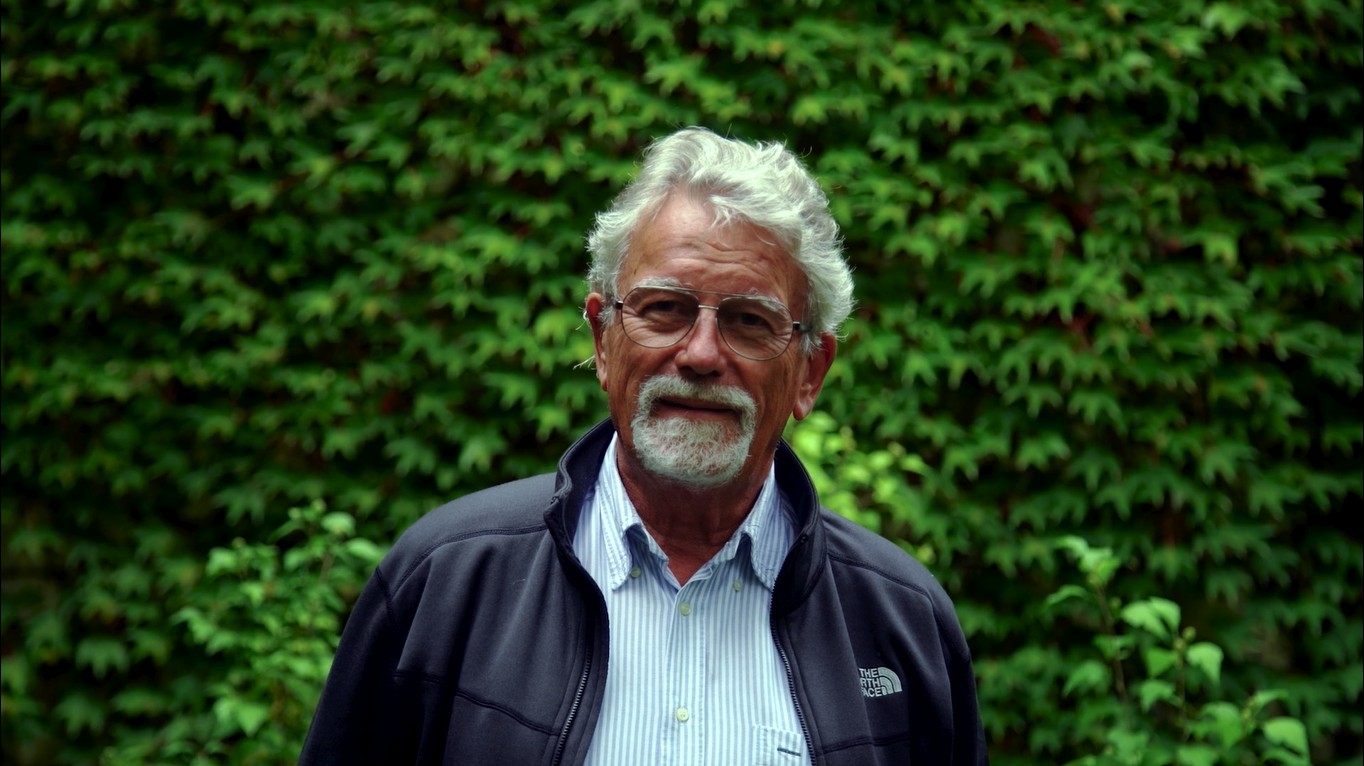
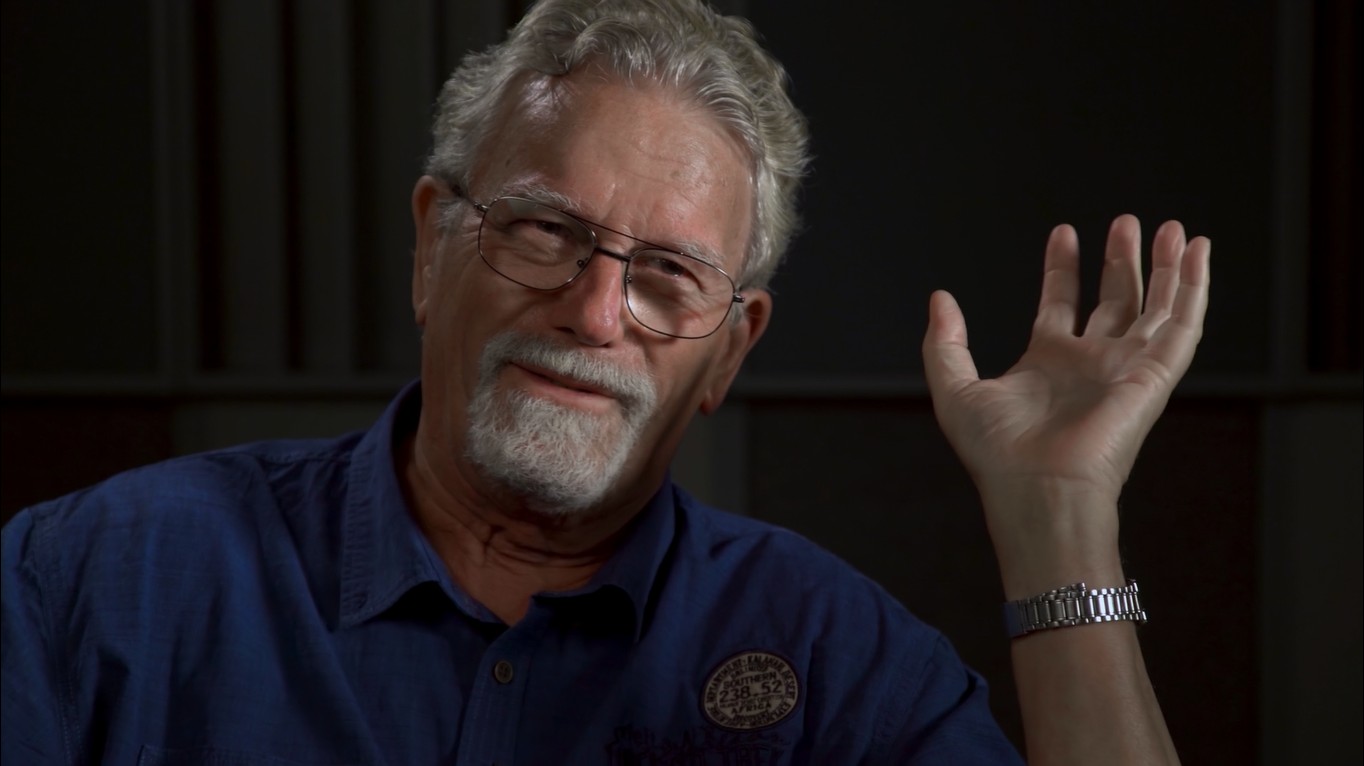
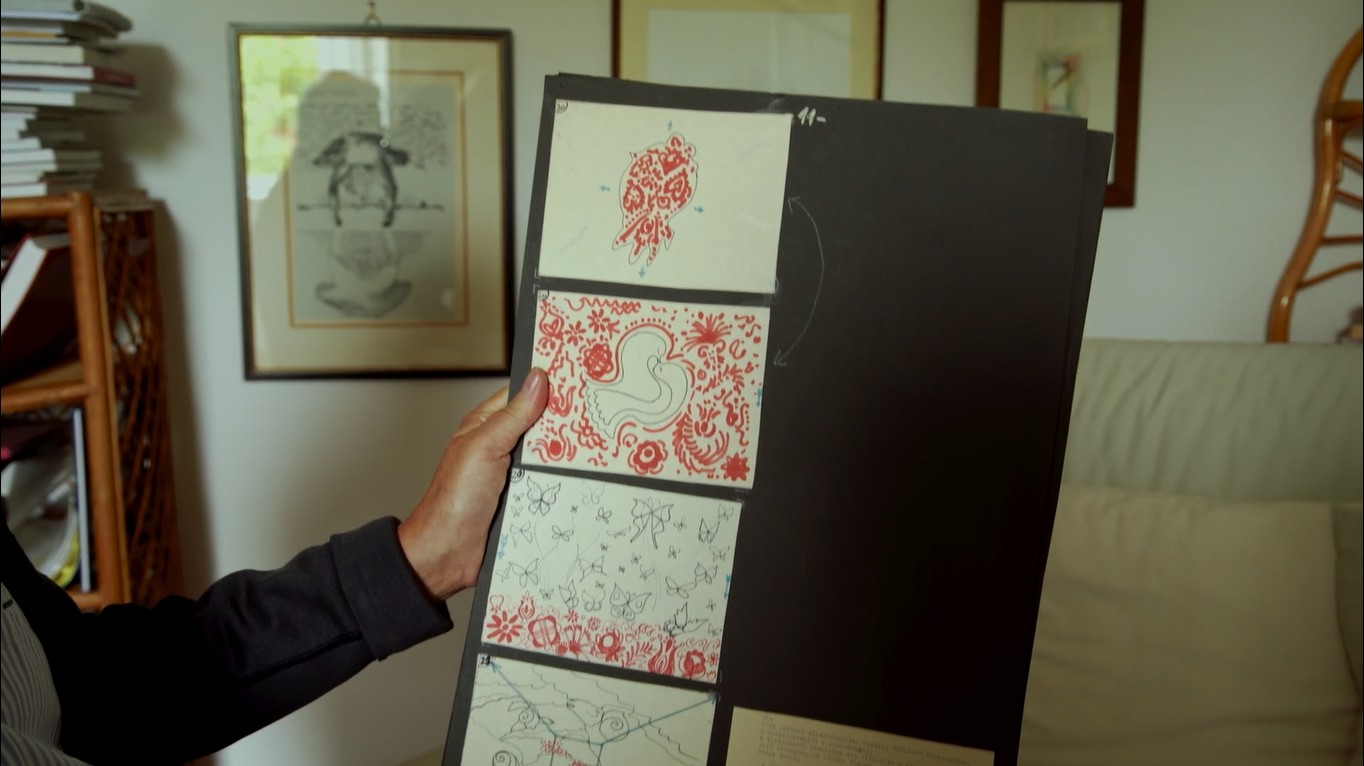
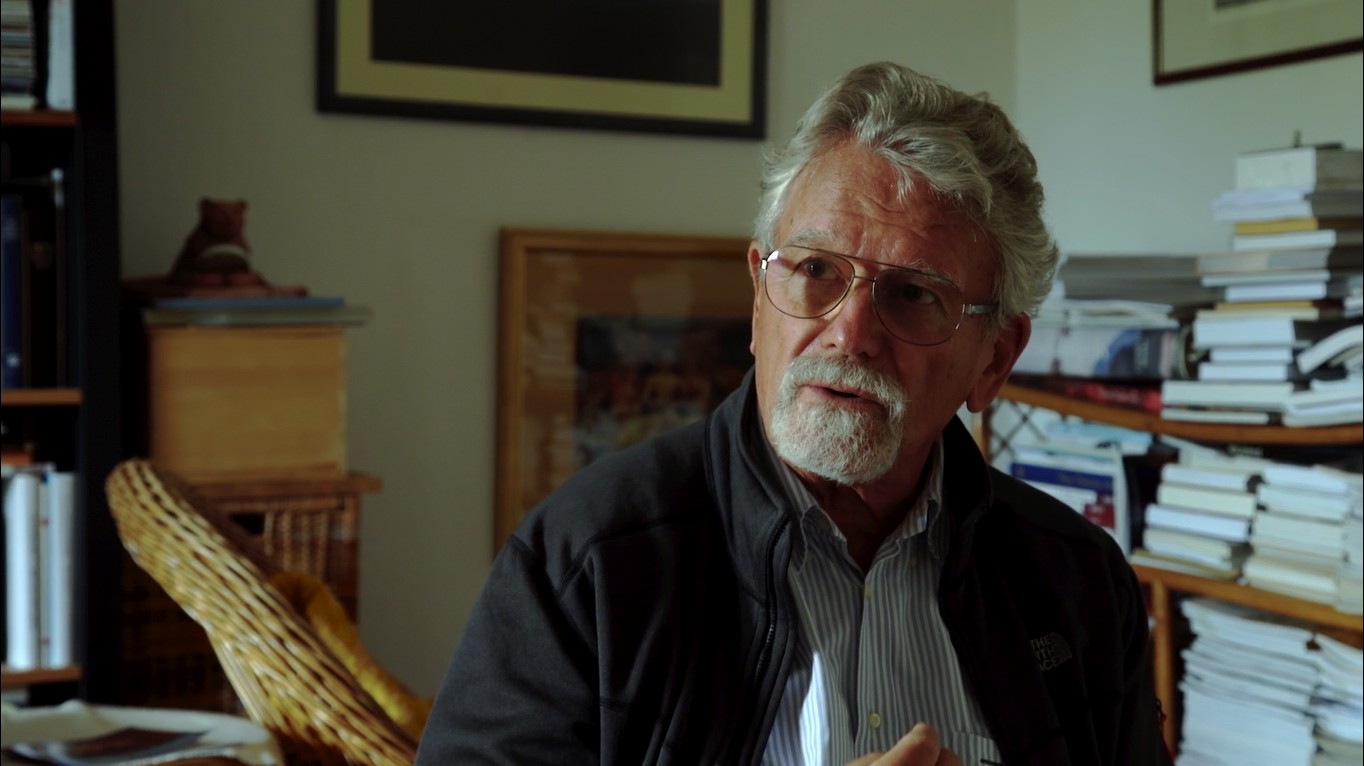
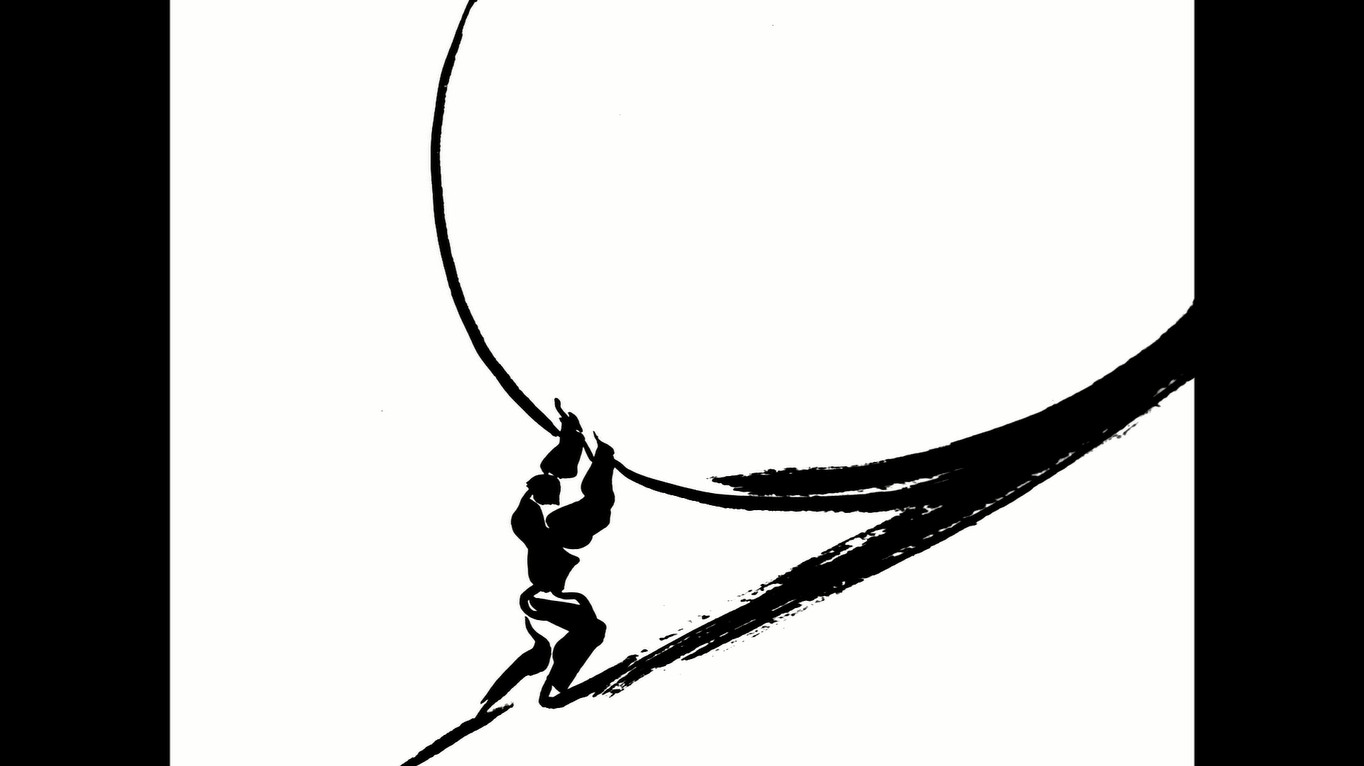
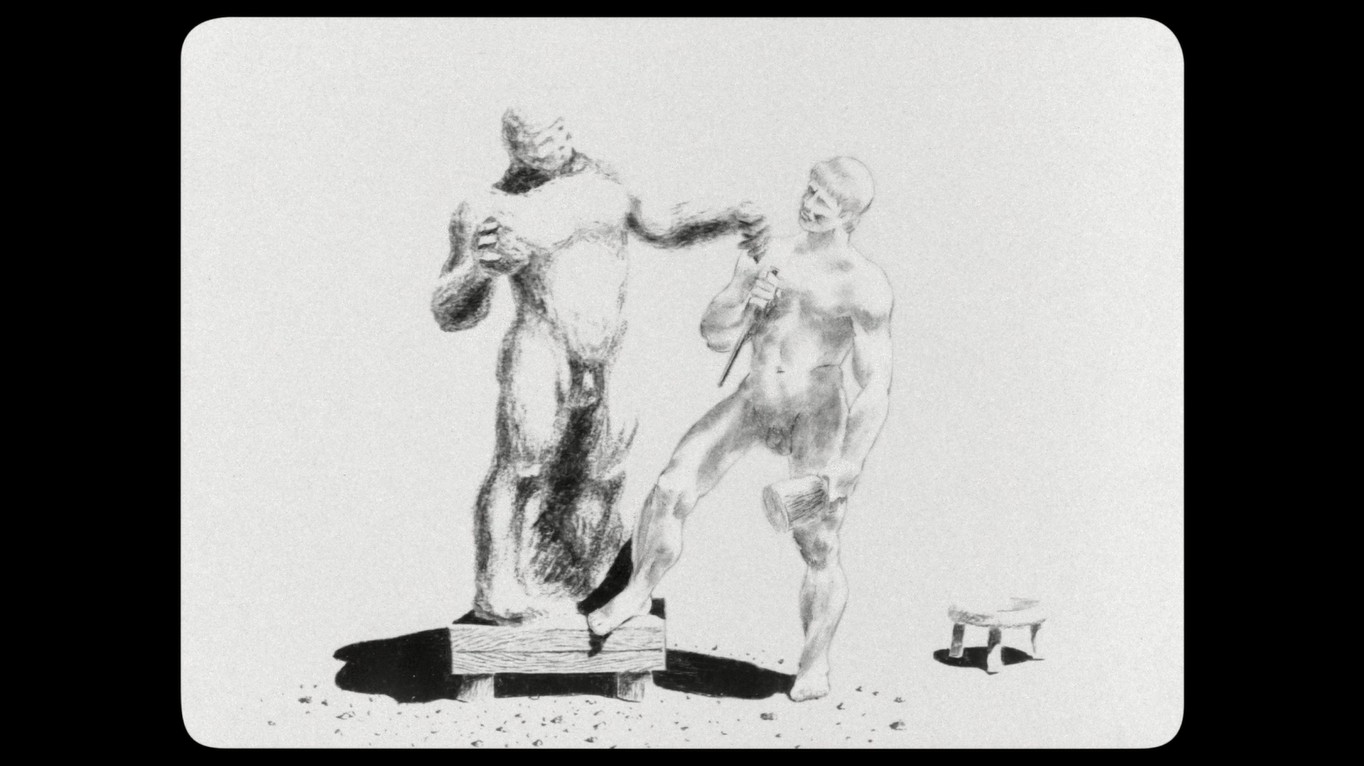
director: Marcell Jankovics.
writers: Marcell Jankovics & László György (White Mare) • Marcell Jankovics & Tamás Sipos (Johnny Corncob).
starring: György Cserhalmi, Vera Pap, Gyula Szabó, Ferenc Szalma, Szabolcs Tóth, Ottó Ulmann (White Mare) • György Cserhalmi, Anikó Nagy, Erzsi Pártos, Gábor Mádi Szabó, György Bárdy, Erzsébet Kútvölgyi (Johnny Corncob).
